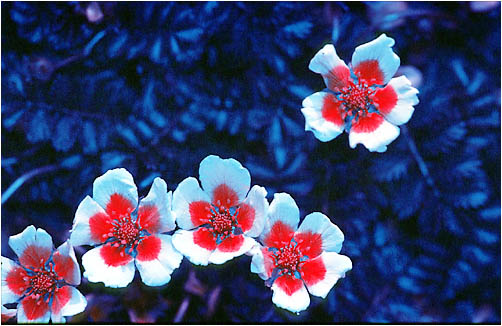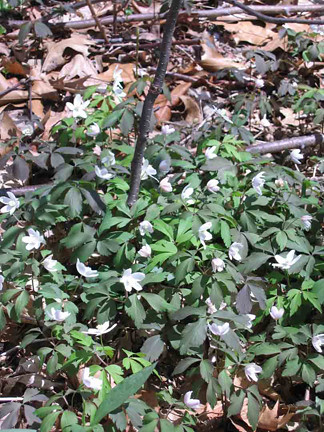A word about tent caterpillars

Forest Tent Caterpillars are unsightly but they are native and therefore have natural enemies here so the worst thing to do is to use insecticides (which would also kill their natural enemies directly or indirectly). While they can cause partial defoliation of some trees (cherries seem to be among their favorites) the trees are not permanently affected and indeed have evolved along with this mild defoliation pressure from these caterpillars. They really should be left alone. They have many natural enemies in the insect world. Caterpillars are frequently parasitized by various tiny braconid, ichneumonid, and chalcid wasps. Several predators and a few diseases also help to regulate their populations. This, in part, accounts for the fluctuating population levels from year to year. Birds and small mammals are known to eat them as well.
If you must get rid of them in your own yard: Remove the egg masses during winter to reduce the problem next spring. In the early spring, small tents can be removed and destroyed by hand. Larger tents may be pruned out and destroyed or removed by winding the nest upon the end of a stick.
For more information















